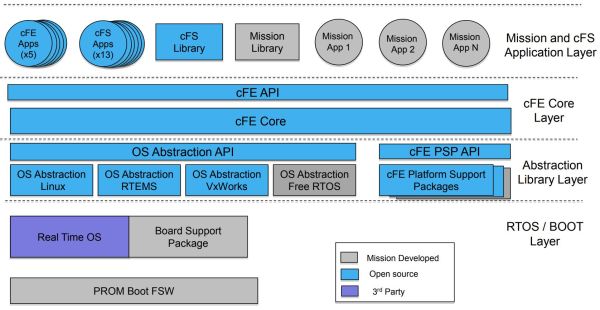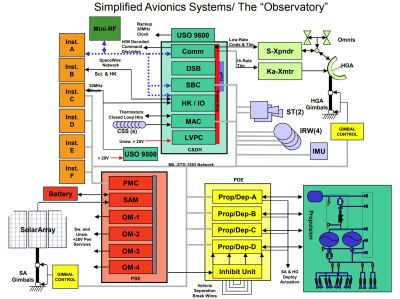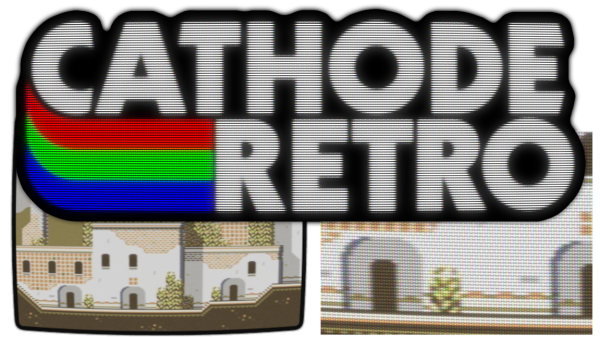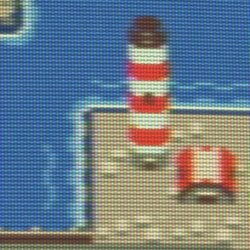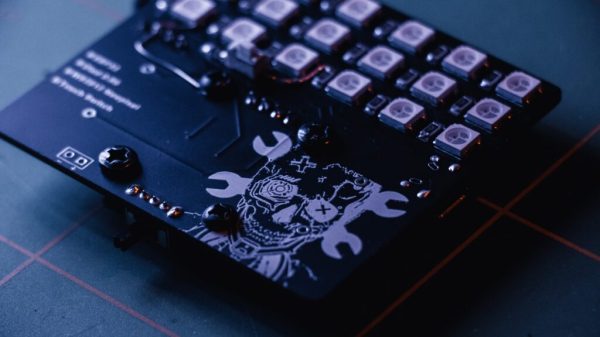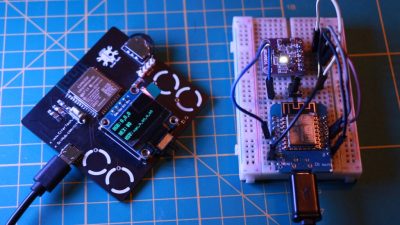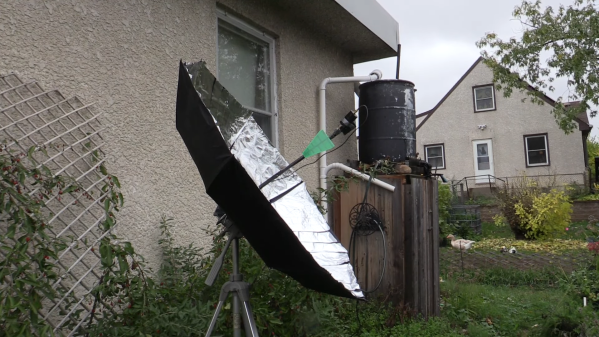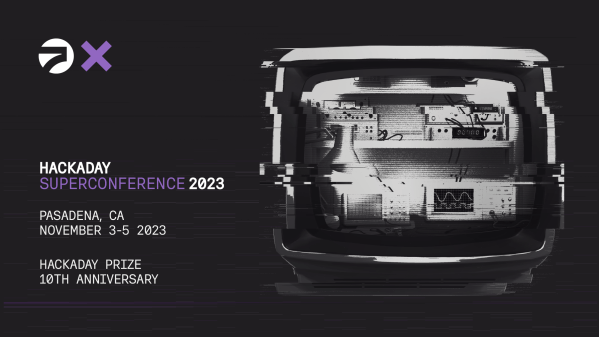‘Twas the podcast before Christmas, and all through the house, the best hacks of the week are dancing around Elliot and Tom’s heads like sugar-plums. Whatever that means.

Before settling their brains in for a long winter’s nap, they’ll talk about the open source software podcast that now calls Hackaday home, the latest firmware developments for Google’s Stadia controller, high-definition cat videos from space, and upgrades for the surprisingly old-school battery tech that powers the Toyota Prius.
Out on the lawn, expect a clatter about the the state-of-the-art in DIY camera technology, the acoustic properties of hot chocolate, and a storage media from the 1990s that even Al Williams had never heard of.
Finally, after tearing open the shutters and throwing up the sash, the episode wraps up with a discussion about wiring techniques that let you leave the soldering iron at home, and the newest chapter in the long history of transferring data via parachute. Miniature sleigh and eight tiny reindeer sold separately.
Download the gift you really want this year: this week’s podcast in DRM-free MP3.



